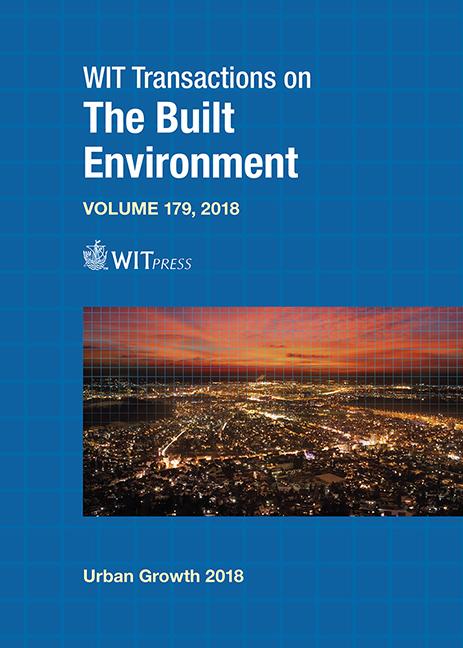MECHANISMS INVOLVED IN THE REMOVAL OF EMERGING CONTAMINANTS BY A COMBINED UASB-MBR SYSTEM
Price
Free (open access)
Transaction
Volume
179
Pages
10
Page Range
293 - 302
Published
2018
Size
615 kb
Paper DOI
10.2495/UG180271
Copyright
WIT Press
Author(s)
MARÍA DE LOS ÁNGELES BERNAL ROMERO DEL HOMBRE BUENO, NURIA BOLUDA BOTELLA, DANIEL PRATS RICO
Abstract
Generally, a conventional treatment is enough to remove suspended solids and organic matter in urban wastewater treatment plants, but unfortunately, many emerging contaminants (ECs) remain in water. The aim of this research is to study the removal of several ECs from wastewaters using a combined system (Upflow Anaerobic Sludge Blanket-UASB followed by a Membrane Bioreactor-MBR) at two organic loading rates, studying the mechanisms involved in their removal. The combined system consisted on a UASB (25 L) followed by a MBR (20 L) (hollow fiber; 0.4 μm; 0.2 m2). The system was fed with synthetic wastewater doped with ECs (pharmaceutical products, personal care products and industrial) at an inlet concentration of 10 μgꞏL-1 and operated at two organic loading rates, low 0.09–0.15 kg DQOꞏm-3ꞏd-1 (L1) and high 0.60–0.80 kg DQOꞏm-3ꞏd-1 (L2). Aqueous samples were extracted by Solid Phase Extraction (SPE) and were analysed by GC-MS. ECs were extracted from sludge by Accelerated Solvent Extraction (ASE). With the anaerobic-aerobic combination of processes that takes place in the UASB-MBR system, almost complete removal from water was reached for methylparaben, ethylparaben, propylparaben, estrone, butylparaben, 4-octylphenol, ibuprofen and triclosan at both organic loading rates. Carbamazepine and diclofenac were the most recalcitrant compounds, whose removal was enhanced at L2. Almost complete removal was reached for 17-a-ethinylestradiol, 17-b-estradiol, 4-t-octylphenol and bisphenol A at L2, decreasing slightly the efficiencies at L1. The first stage (UASB) of the system was analyzed Anaerobic biomass was especially efficient in the removal of parabens, 4-octylphenol, 17-b-estradiol and triclosan, reaching biotransformation percentages of 80–99.7%. Biotransformation percentages were: 53–95% for bisphenol A, ibuprofen, 4-t-octylphenol, 17-a-ethinylestradiol and estrone; 38–49% for carbamazepine and 15–57% for diclofenac. Hormones, alkylphenols, bisphenol A and triclosan were found in the anaerobic sludge (fraction: 0.3–2.4%): in addition, the second stage (MBR) was analyzed Aerobic biomass also contributed to ECs removal, reaching biotransformation percentages of 18–41% for carbamazepine and 48–71% for diclofenac. Estrone, 17-a-ethinylestradiol and alkylphenols were detected in the aerobic sludge.
Keywords
UASB, emerging contaminants, membrane bioreactor, biotransformation, sorption, reuse





